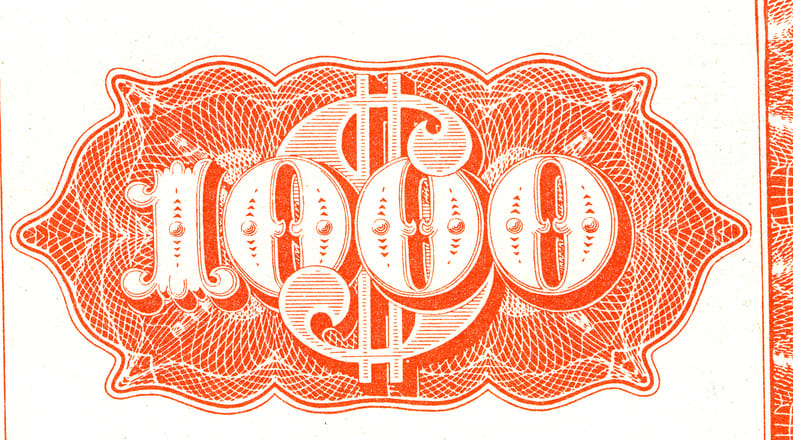- Porter's Daily Journal
- Posts
- Pick A Bond... Any Bond
Pick A Bond... Any Bond
Porter's Journal Issue #127, Volume #2

When 30 Random Selections Outperformed The Stock Market
This is Porter’s Daily Journal, a free e-letter from Porter & Co. that provides unfiltered insights on markets, the economy, and life to help readers become better investors. It includes weekday editions and two weekend editions… and is free to all subscribers.
When bonds outperform stocks… Any 30 bonds will do… Utilities, financials, industrials… When fund managers panic… The Day The Bull Market Dies… Buffett hoards (more) cash… Zombies come out and play… |
Table of Contents
Editor’s note: Porter has turned today’s Journal over to Distressed Investing editor Marty Fridson.
Marty has a long background in trading, investing, and finance… Over a 25-year span with Wall Street firms including Salomon Brothers, Morgan Stanley, and Merrill Lynch, he became known for his innovative work in credit analysis. He is the author of The Little Book Of Picking Top Stocks – and as readers of his Distressed Investing advisory know, he’s also great at finding underpriced stocks.
Below, Marty serves up an analysis showing that when the market begins to panic, there is a massive supply of debt that gets sold way below their actual value – creating a rich environment for juicy returns.
Here’s Marty with the details…
Today, we’ll take a random walk through a field of distressed bonds.
Last week in the Daily Journal, I recounted how valuations of distressed debt got so far out of whack during the Global Financial Crisis that the safest of the lot – secured bonds of utility companies! – delivered a stunning 37% average return over a 12-month span. Way better and way safer than owning shares of a new technology company with wildly unpredictable earnings over that period.
But as it turns out, investors didn’t actually have to think that hard about which issues to buy. A completely random sample of 30 bonds doubled that 37% performance, returning a staggering 74% over the same period.
Here’s how I obtained that result: I used a list of bonds within the ICE BofA U.S. High Yield Index that were yielding 10 percentage points or more above U.S Treasuries on November 30, 2008. From that list I simply selected bonds #1, #11, #21, #31 and so on – not including more than one issue of any company – until I’d collected a total of 30.
Thirty is the number considered the minimum necessary for constituting a statistically valid test sample.